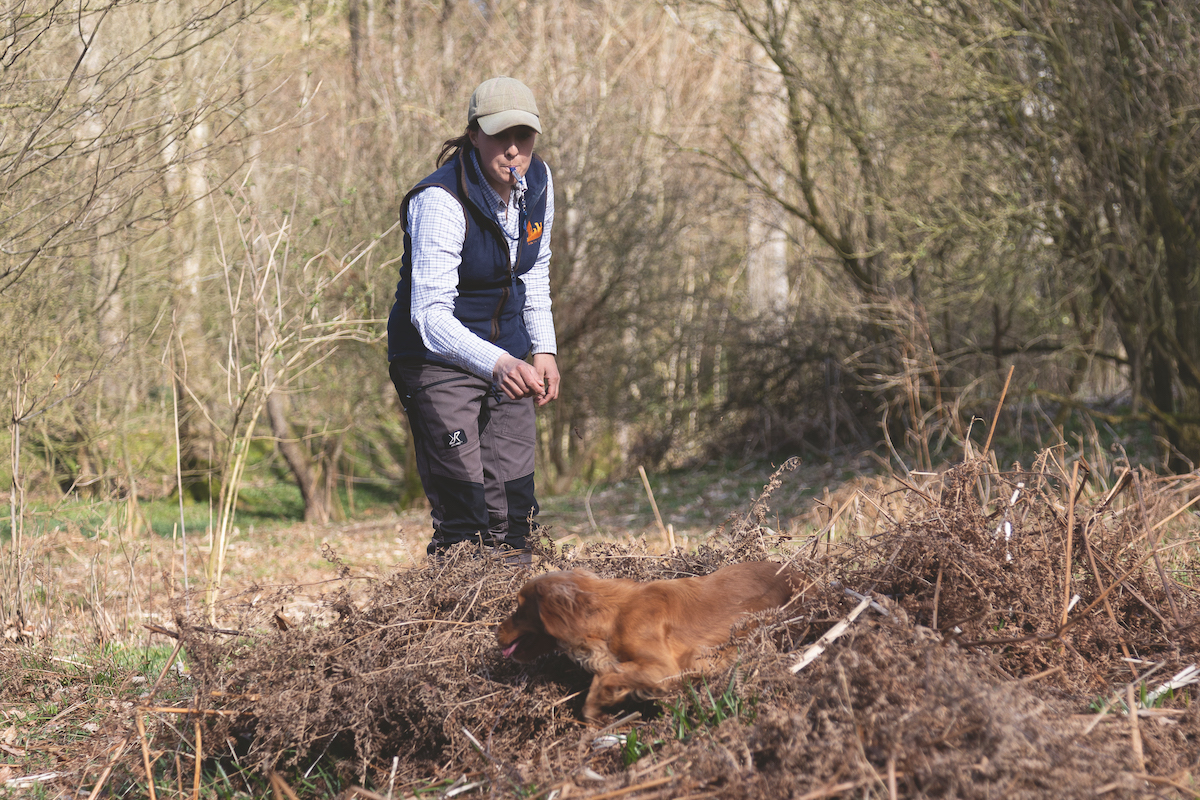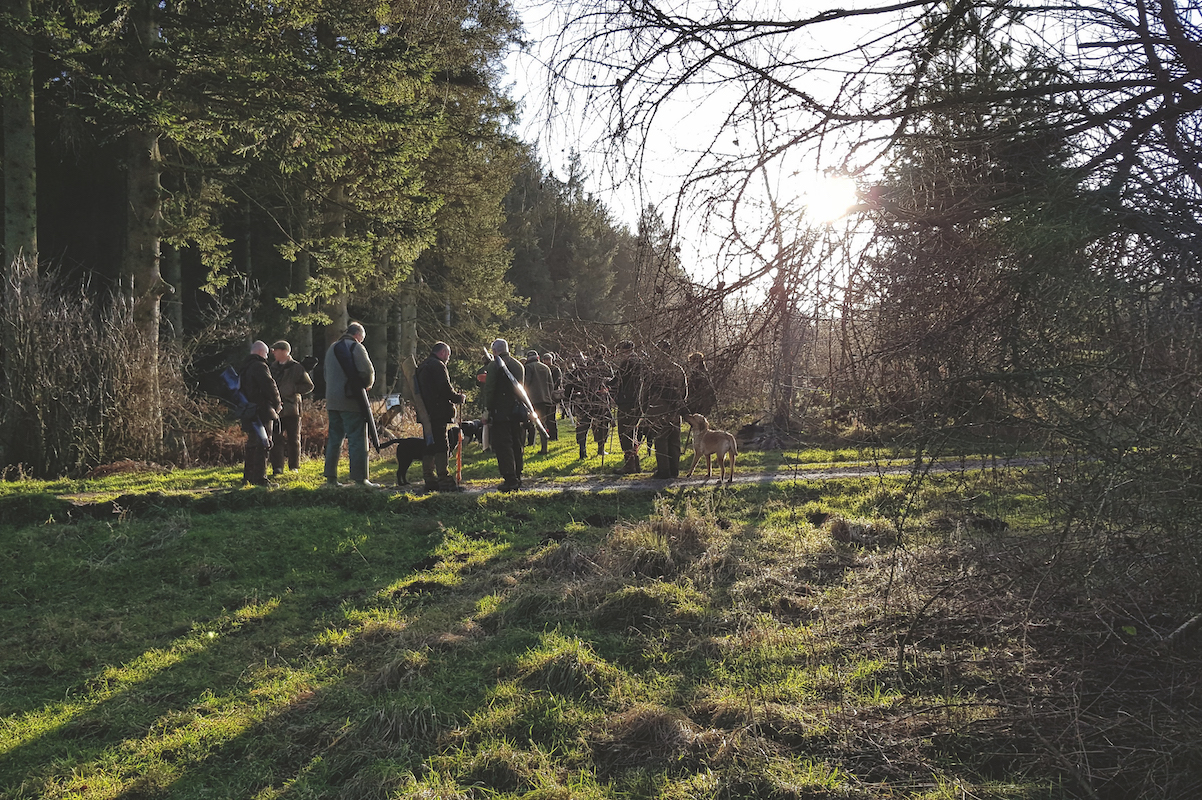How to prepare for your dog’s first shoot day
Some useful advice
- Getting your dog fit both mentally and physically will help prepare your dog for the field and the rigours of his first shoot day.
- It is also important for you, the handler, to have a plan of action as to what you want your dog to achieve on his first day.
- It can be very tempting at this early stage to push your dog beyond his capabilities and end up with all your hard working on the training field unravelling.
- I always remember an experienced trainer telling me that it’s rarely the first bird the dog flushes that it will chase, or the first bird that it sees land that it will run in on, but beware of the next one.
- Always aim to go into the shooting season with a very well-trained dog because I will guarantee he will realise quite early on that when it comes to hunting, finding game, flushing and retrieving, he’s much better at it than you.
- If you go into the season with a half-trained dog, you will be out of control very, very quickly.

1. Two things you should do before the season starts is increase the amount of your daily exercise and incorporate spells of doing nothing. On a shoot there’s going to be lots of stopping and starting, bursts of activity, loading up into cars or wagons, doing nothing and then getting out and starting again, depending on how many drives there are. Your dog needs to learn that when you stop it’s their job to do nothing.

2. If you’ve decided you want your dog to work on the peg, it may be worth considering forgetting about shooting and concentrate on your dog for his first season out and perhaps think about picking-up instead. That way your dog will learn what’s expected of it alongside a handler who’s paying attention to it and teaching what is required, rather than looking for the next shot.

3. Initially I wouldn’t let the dog pick up too many birds after the horn has blown – he is still young and you need to build up his experience slowly. It also gives you a chance to watch other dogs that may want to rush in and steal a young dog’s retrieve. The most important thing is to maintain the discipline of a tidy delivery. Don’t let the dog get sloppy and start dropping birds before you have taken them.

4. If you plan to shoot over your dog in a walked-up scenario, it’s better to get someone else to shoot over your dog for you — that way you can keep all your concentration on the dog. If you get a flush, watch the dog to make sure it stops; if the dog runs in, try not to shoot the bird, as if the dog gets the retrieve it has basically rewarded itself and it is no good you reprimanding it.
Is your gundog ready for its first shoot day?
Rather than ask how old your dog should be, ask yourself the following … Does the dog walk to heel…
The rise and fall, and rise of roughshooting
The roughshoot has been sidelined by driven shooting. John Humphreys argues that this is a loss to the foundations of…

5 Finally, watch your dog for signs of fatigue, both mentally and physically – especially early in the season. Do not be afraid to put your dog away; in fact it may be a good idea to initially just do a couple of drives with the dog and call it a day. Remember, mistakes often happen when the dog gets tired and the handler gets complacent.










